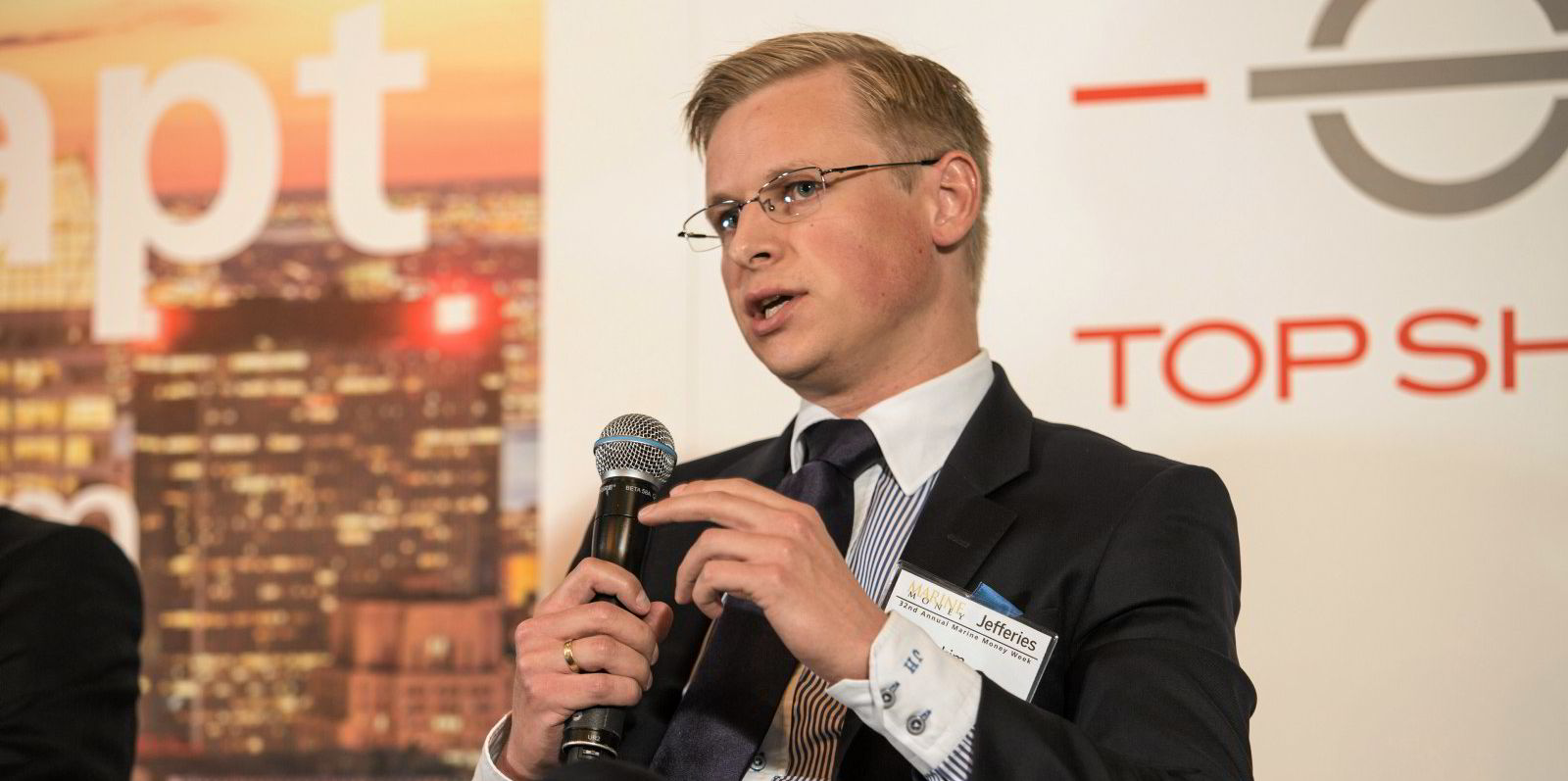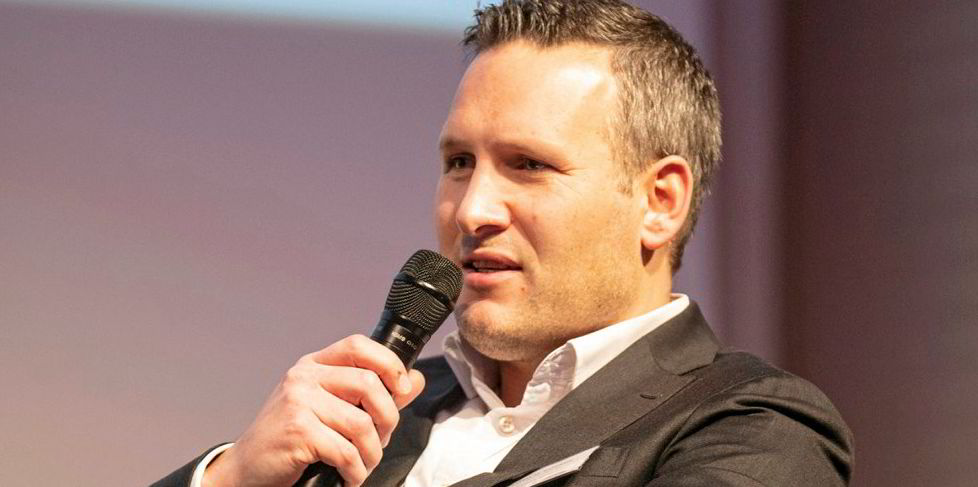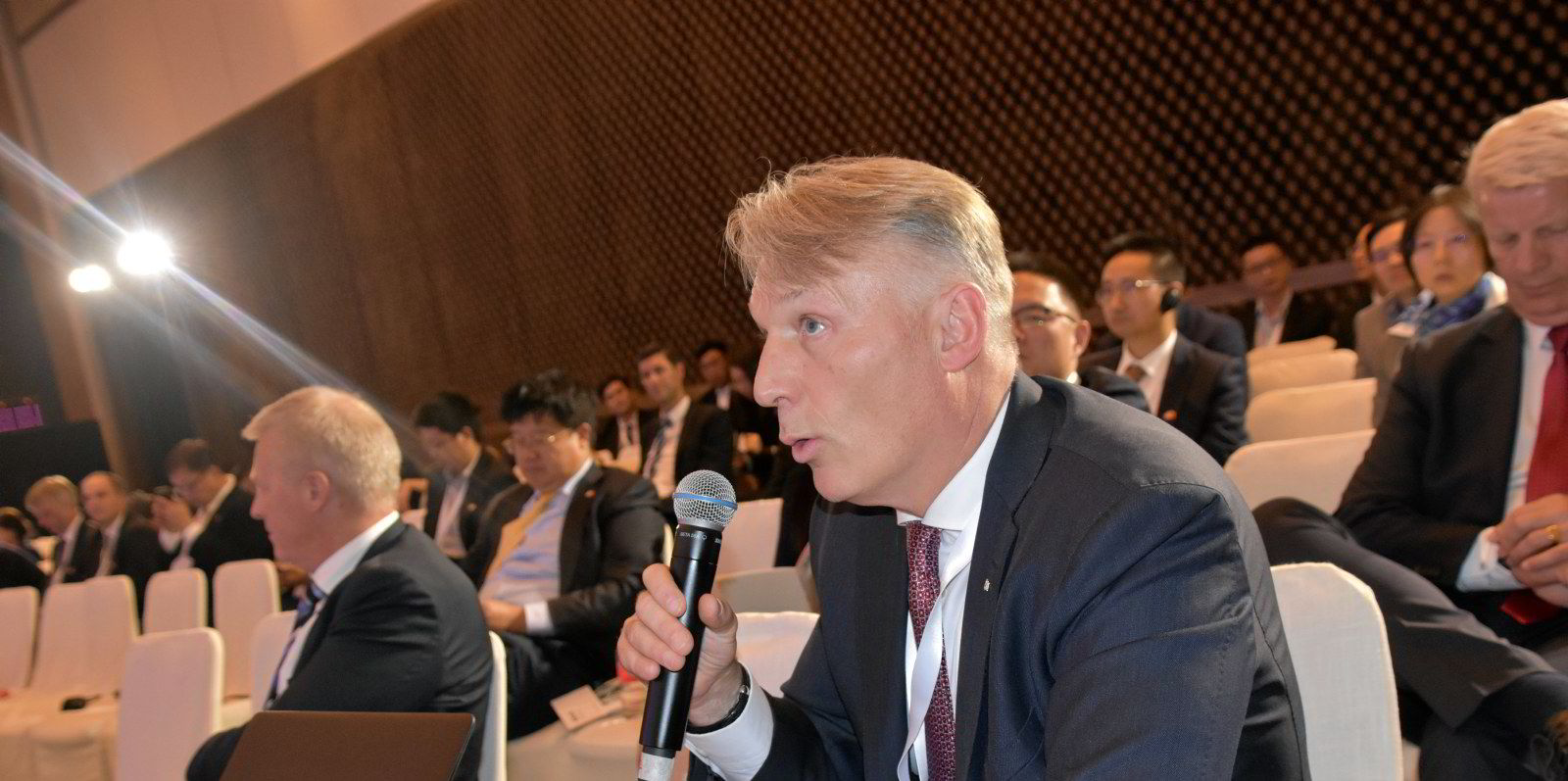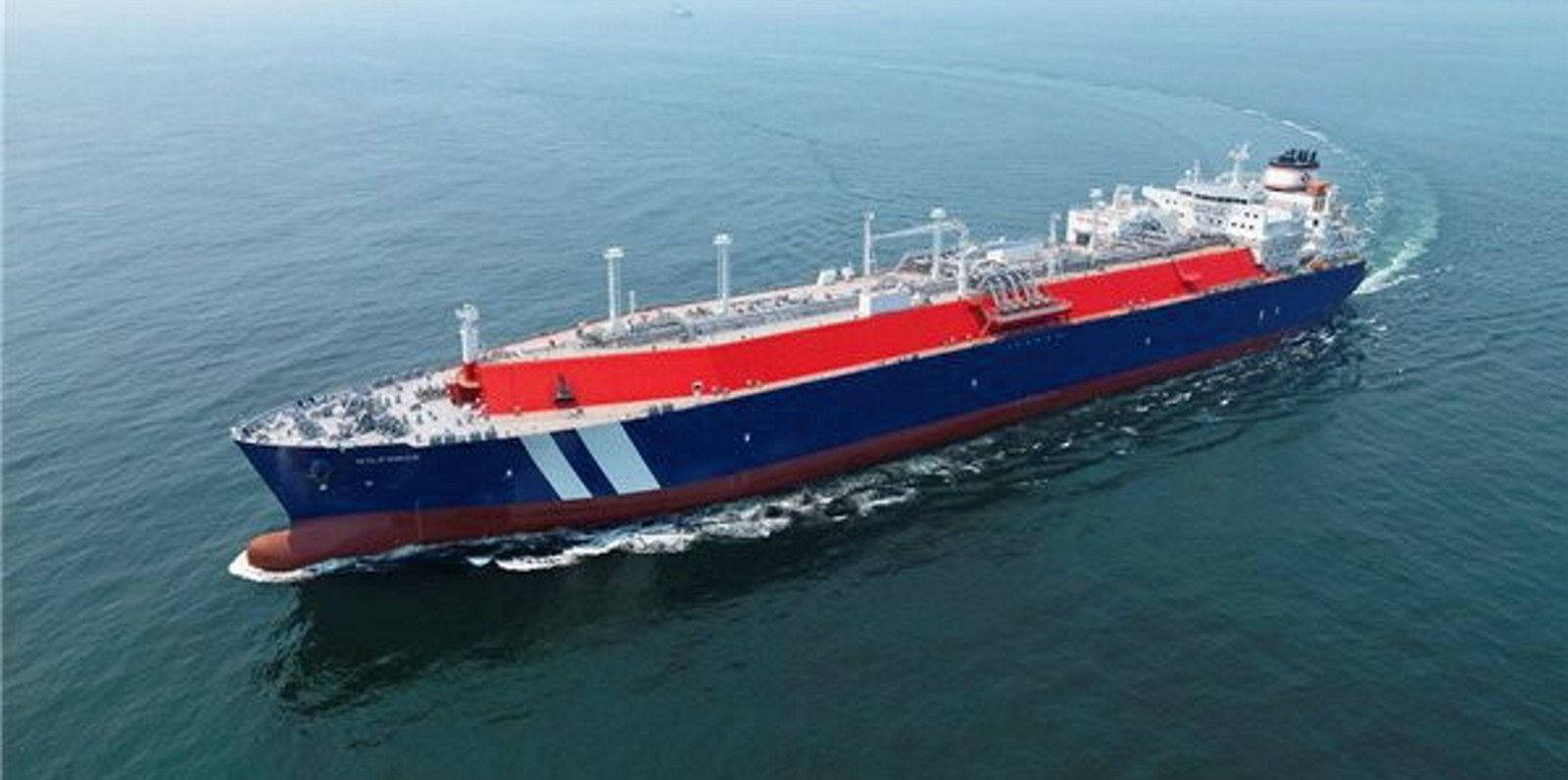Cleaves Securities has downgraded the LNG carrier sector to "sell" on ship supply and rate concerns.
But owners can look forward to a "super-cycle" by the middle of the decade as a "tsunami" of production looms, the Norwegian investment bank said.
Head of research Joakim Hannisdahl said demand remains strong for LNG, and diminishing supply disruptions at US export terminals have seen spot rates surge over the past two months.
"The question remains how long it will last, and we see imminent downside risk to earnings and share prices," he added.
Cleaves is forecasting that 2021 could be on a par with 2020 on average, but fundamentals will gradually deteriorate until 2023.
Time to sell?
Hannisdahl previously had a buy recommendation on the sector, but now owners Flex LNG, Awilco LNG and GasLog have been cut to sell.
Fearnley Securities quotes ME-GI/XDF carrier rates as stable at $127,500 per day, up 24% month on month.
A one-year time charter of a tri-fuel diesel-electric ship is currently at $48,000 per day.
Cleaves said demand is being spurred on by the La Nina weather system and large price differentials between the US and major importers.
"We are, however, concerned that we are close to the seasonal peak, and see spot rates 50% lower over the next three months," the company added.
Owners ordered 21m cbm of new ships in 2018 and 2019, compared to a current fleet of 92m cbm.
Cleaves believes this will lead to near all-time high deliveries in 2021 and 2022.

Fleet capacity will expand by 9% next year and 6% in 2022, the investment bank is projecting.
Hannisdahl does not think demand growth can absorb this, with fleet utilisation deteriorating.
The one positive is that weaker rates through to 2023 could lead to underinvestment in tonnage, improving vessel use again, he said.
Production 'tsunami' ahead
"We expect a lack of new liquefaction capacity to weigh on earnings and share prices until 2023, before a tsunami of new capacity could push earnings into super-cycle territory by the mid-decade," Hannisdahl added.
Cleaves is forecasting a need for another 667 LNG carriers by the end of 2026. Only 123 are on order now, with 557 operational.
"But there is still plenty of time to place new orders," the analyst said.
Hannisdahl downgraded stocks of the LNG owners due to rising share prices. The moves also come as he placed a greater emphasis on 2021 earnings and cash flows in his calculations for 2020.
New liquefaction capacity planned or under construction this decade has risen 33m tonnes per year since January.
Same headwinds for all
Flex LNG has an "attractive" fleet of modern LNG carriers, he said, but the company is exposed to the same potential earnings headwinds as its peers.
"GasLog has a good order backlog, but is highly leveraged at an estimated 6% adjusted equity ratio," Hannisdahl added.
Awilco LNG is in a challenging liquidity position, Cleaves believes, forecasting a "dilutive" share issue next year.
The Oslo-listed operator of two vessels said on Monday it had agreed to an extension of covenant reductions with the owner of its fleet, CCB Financial Leasing.







